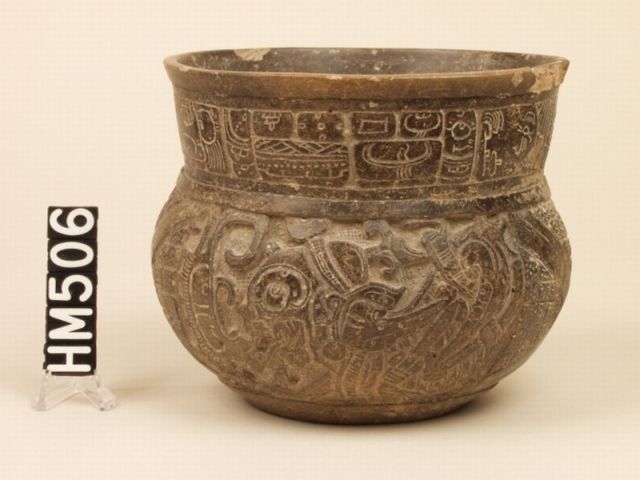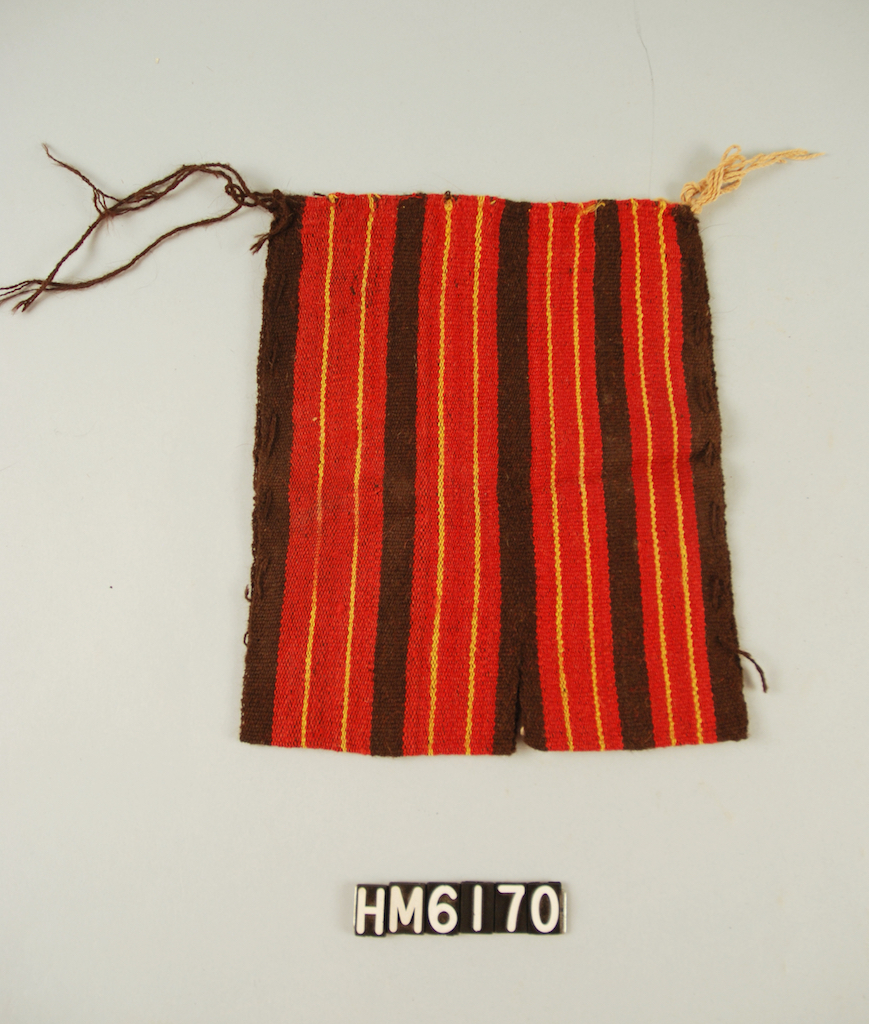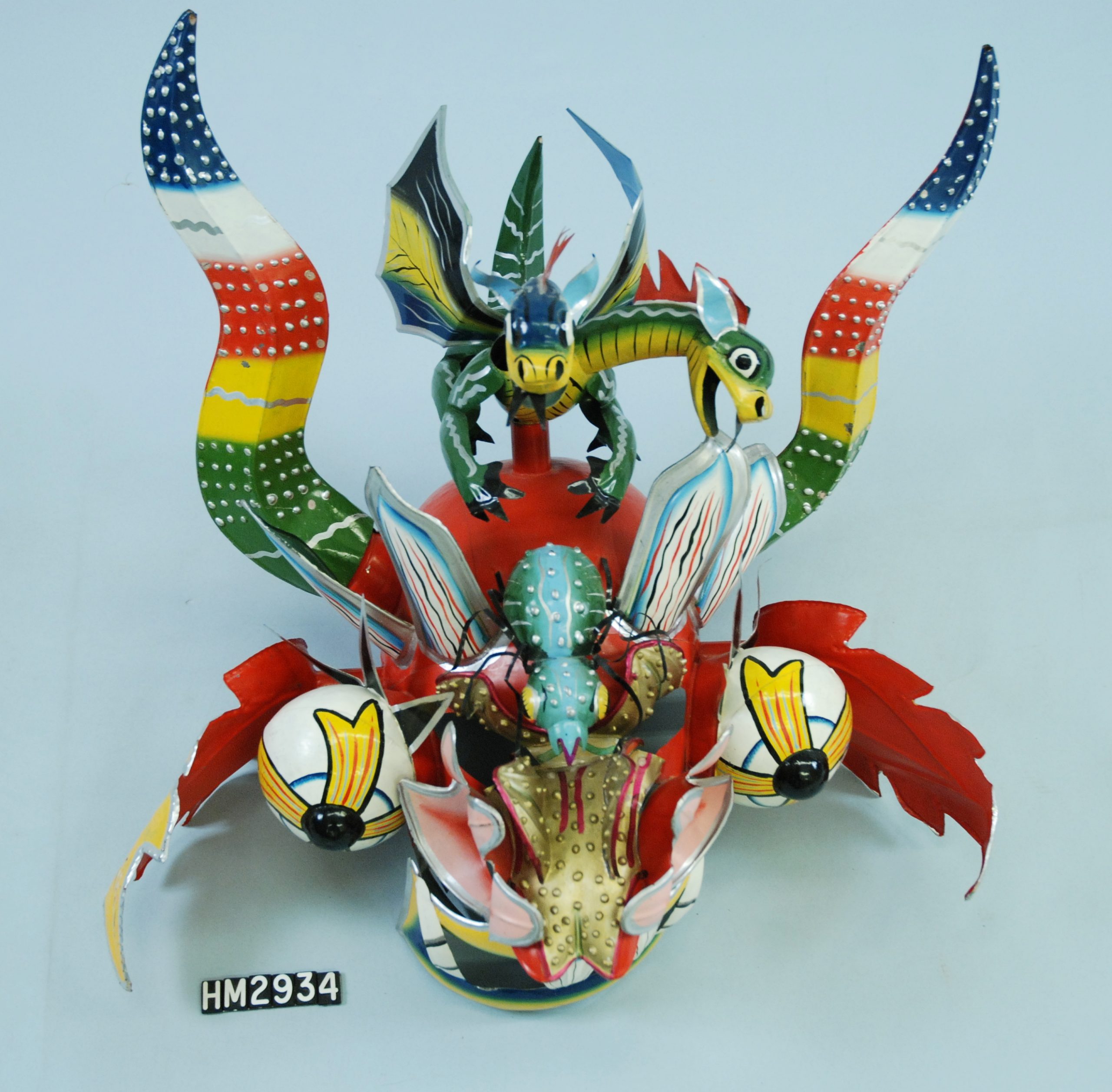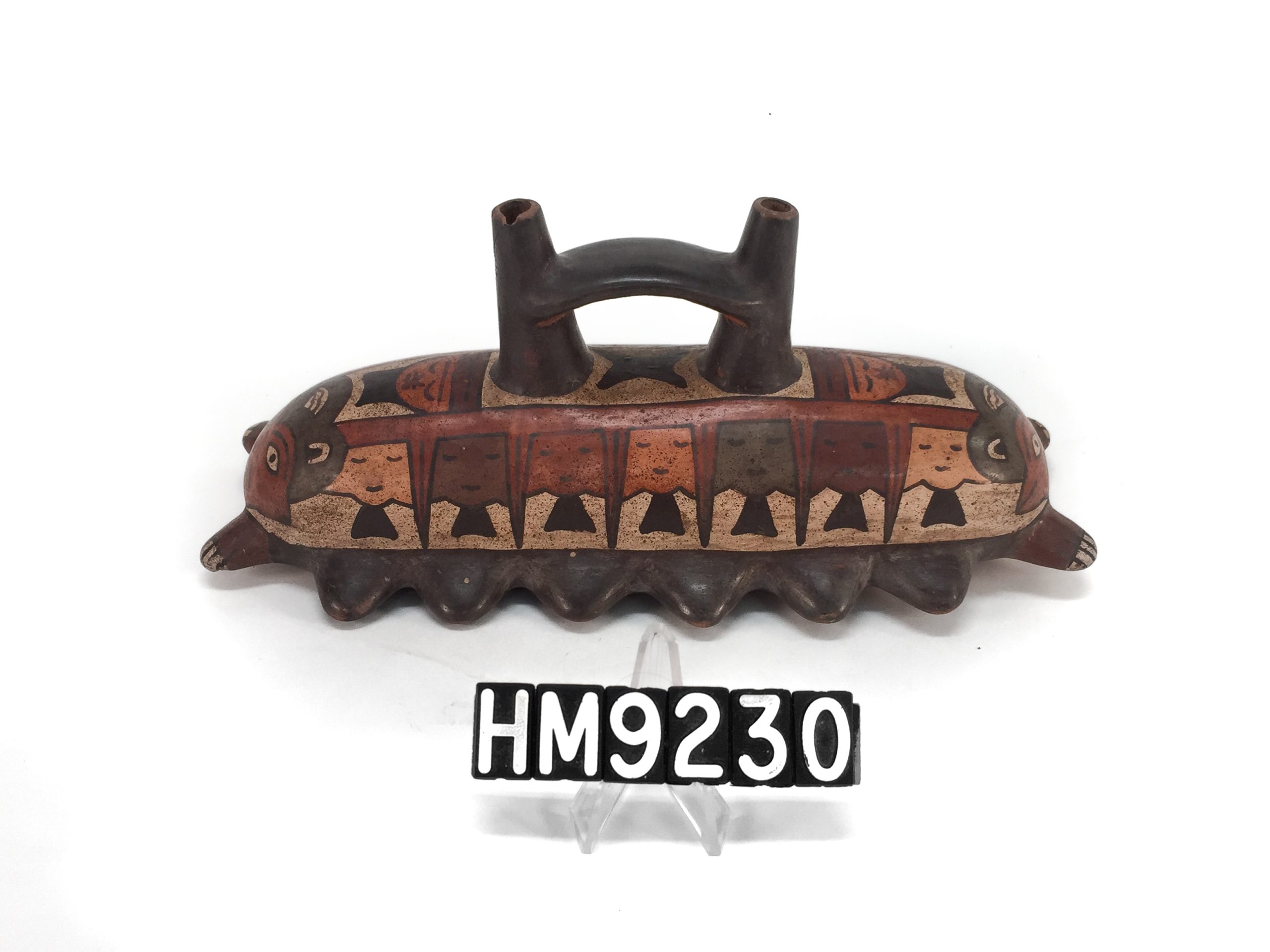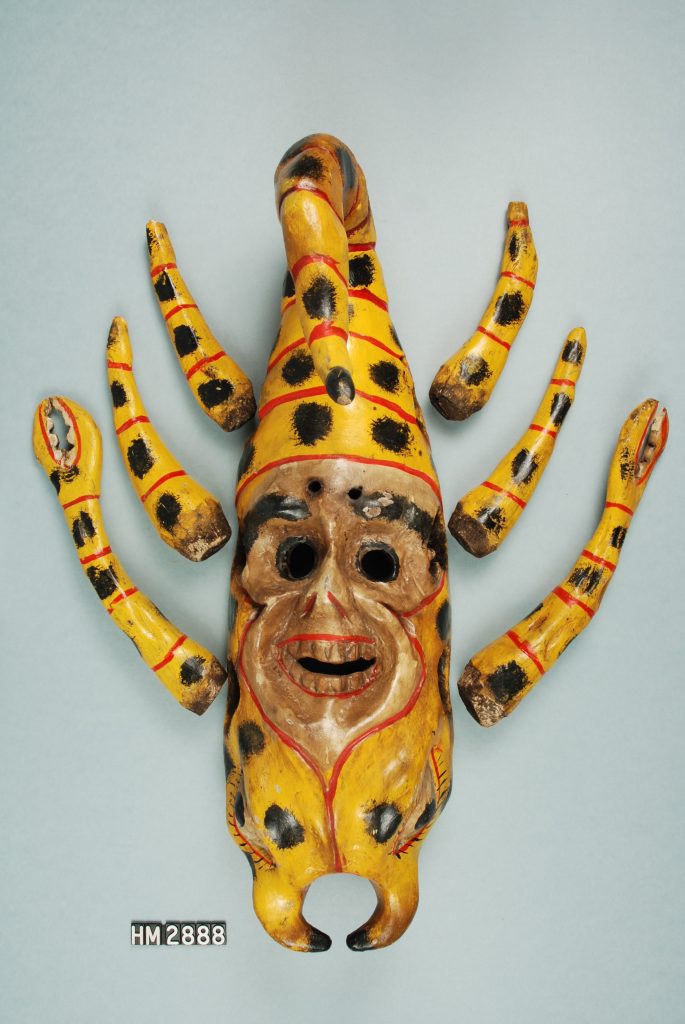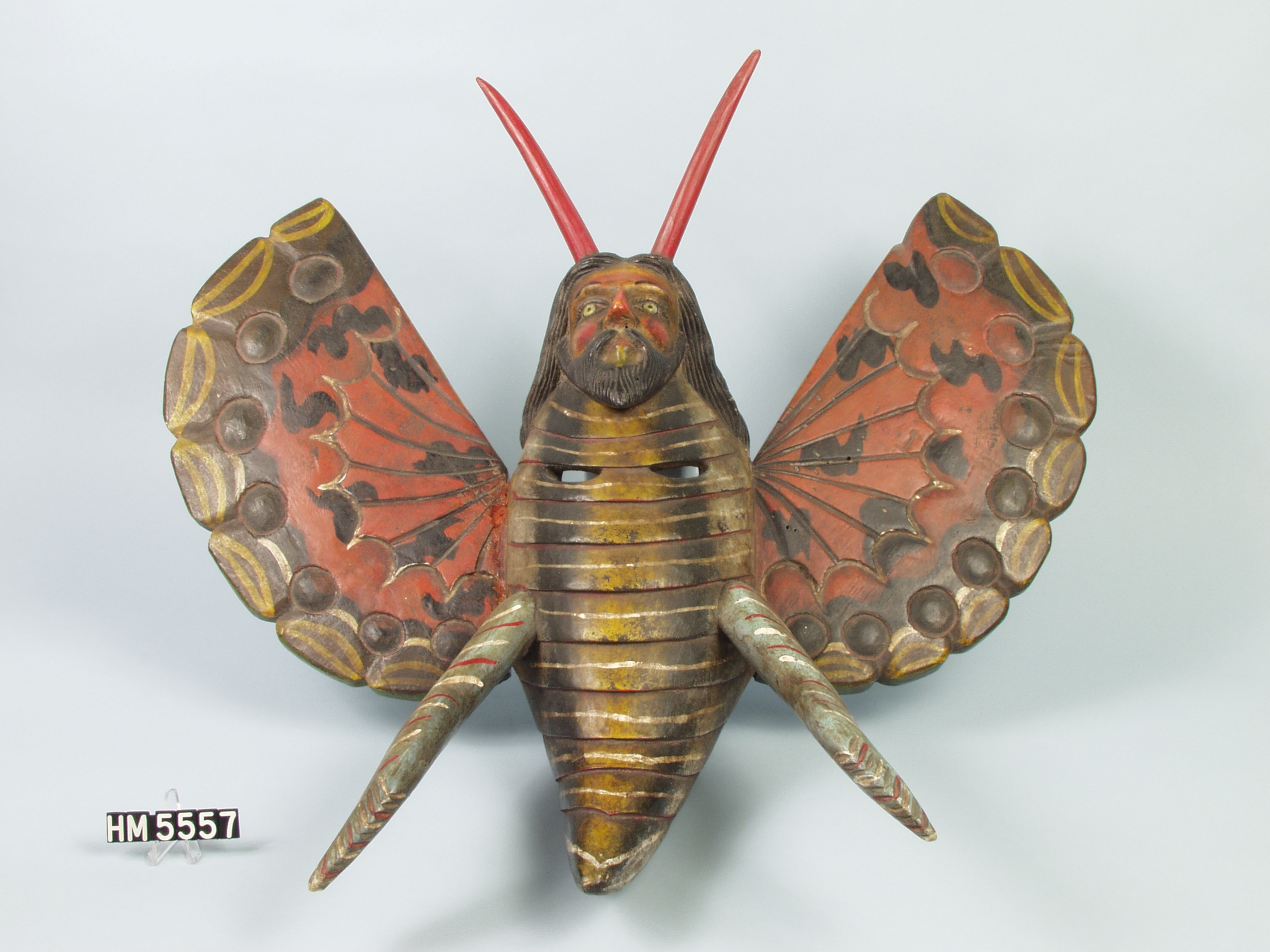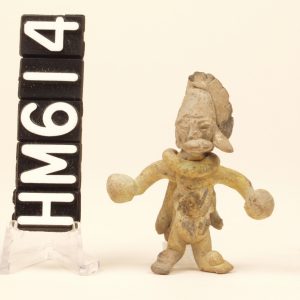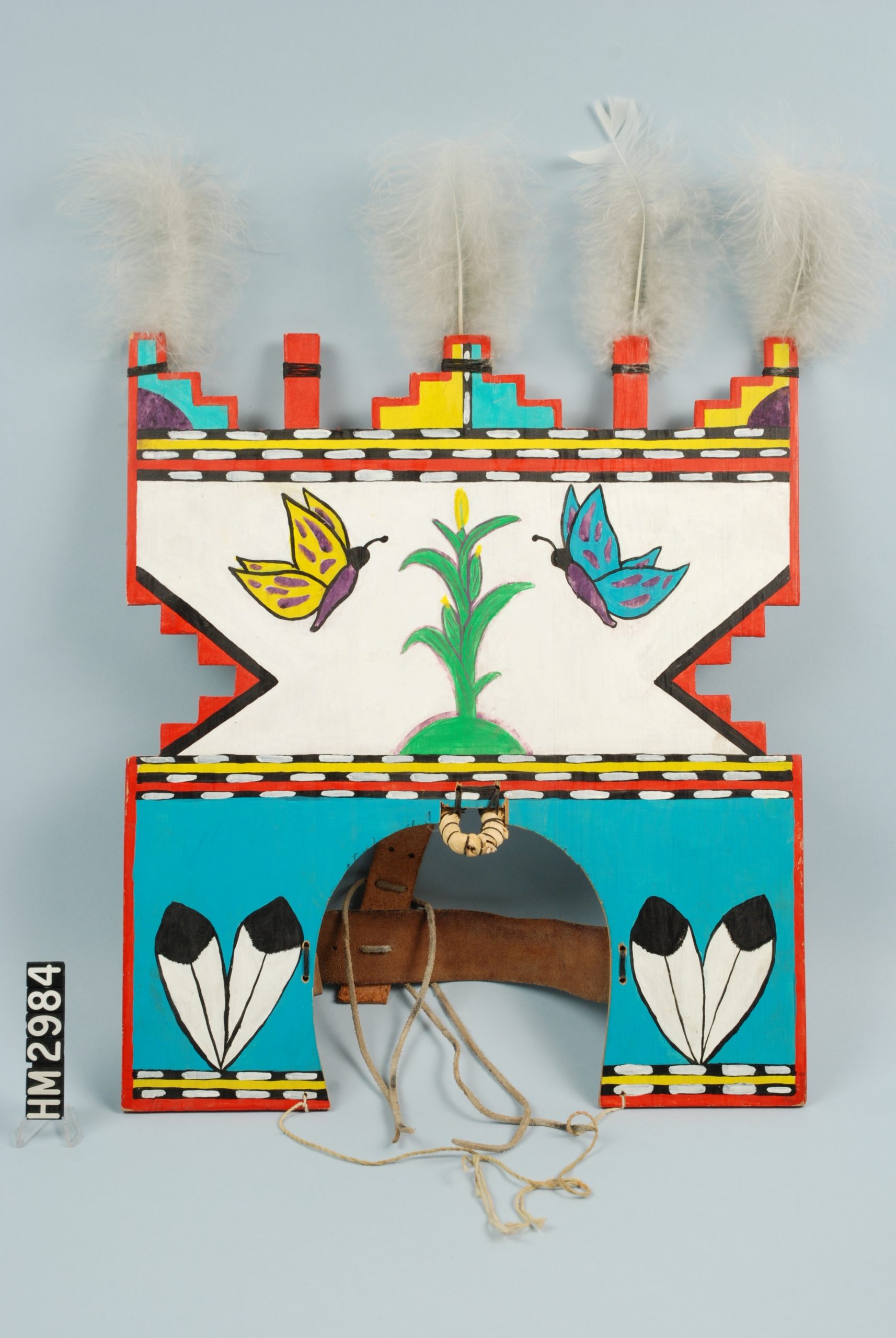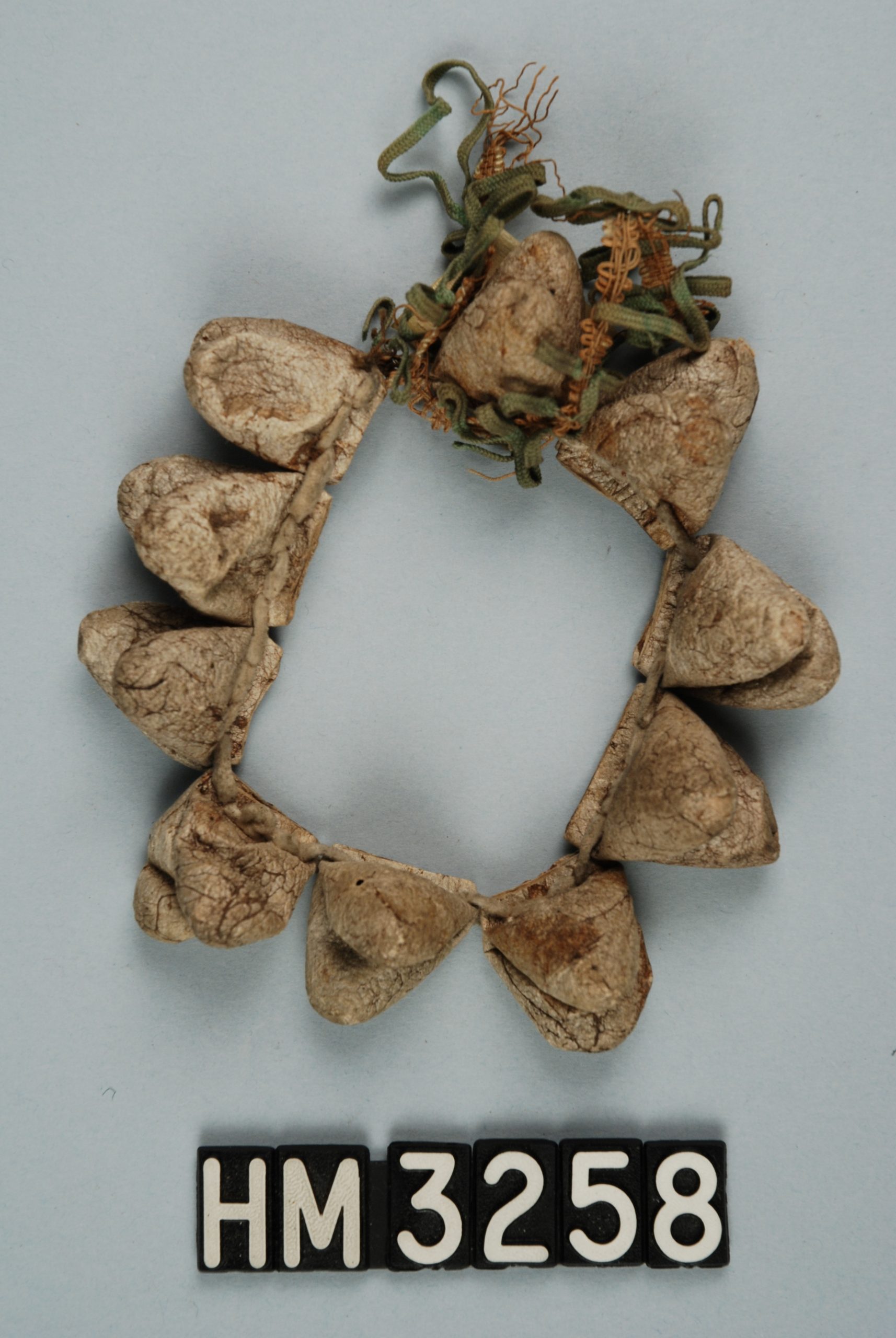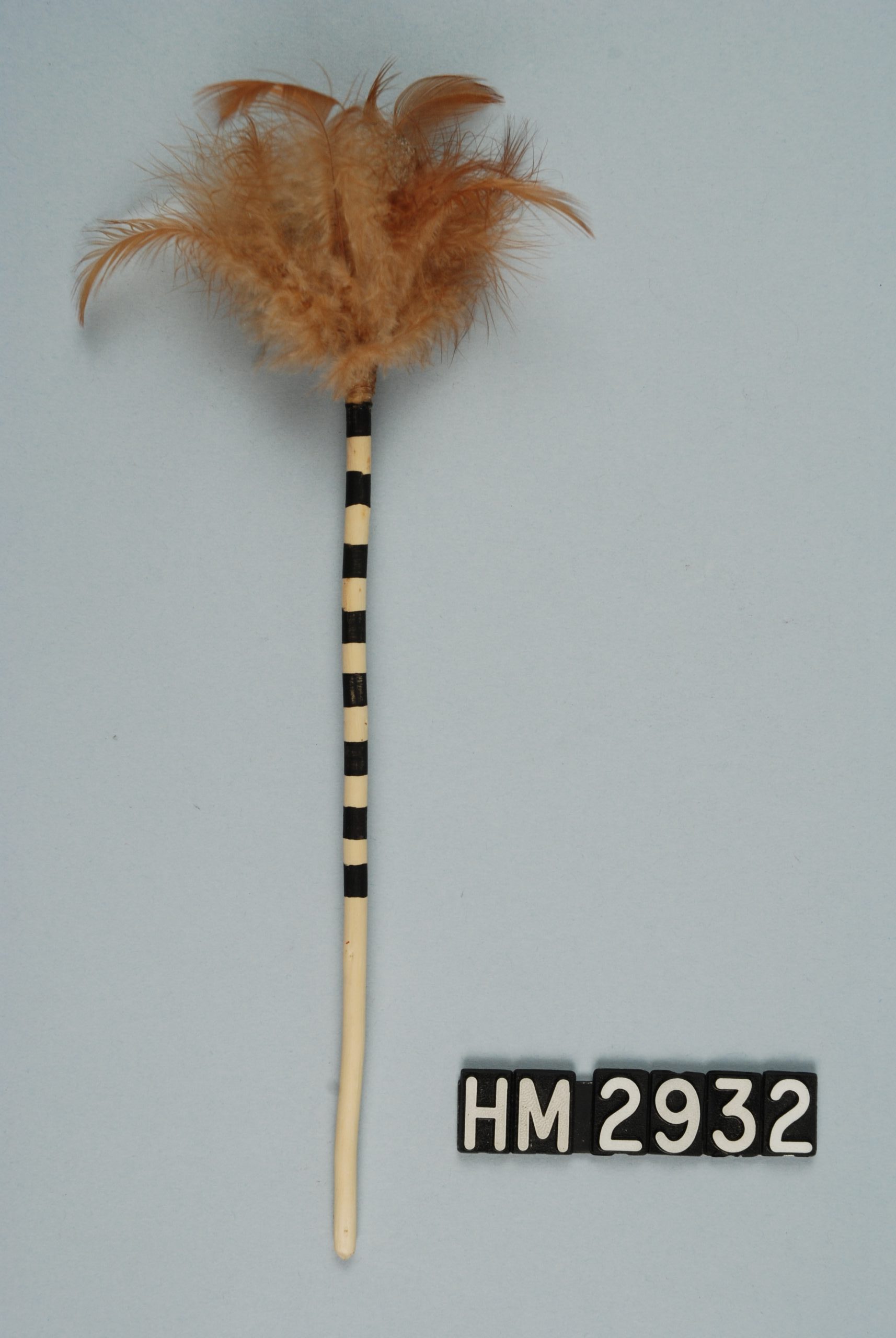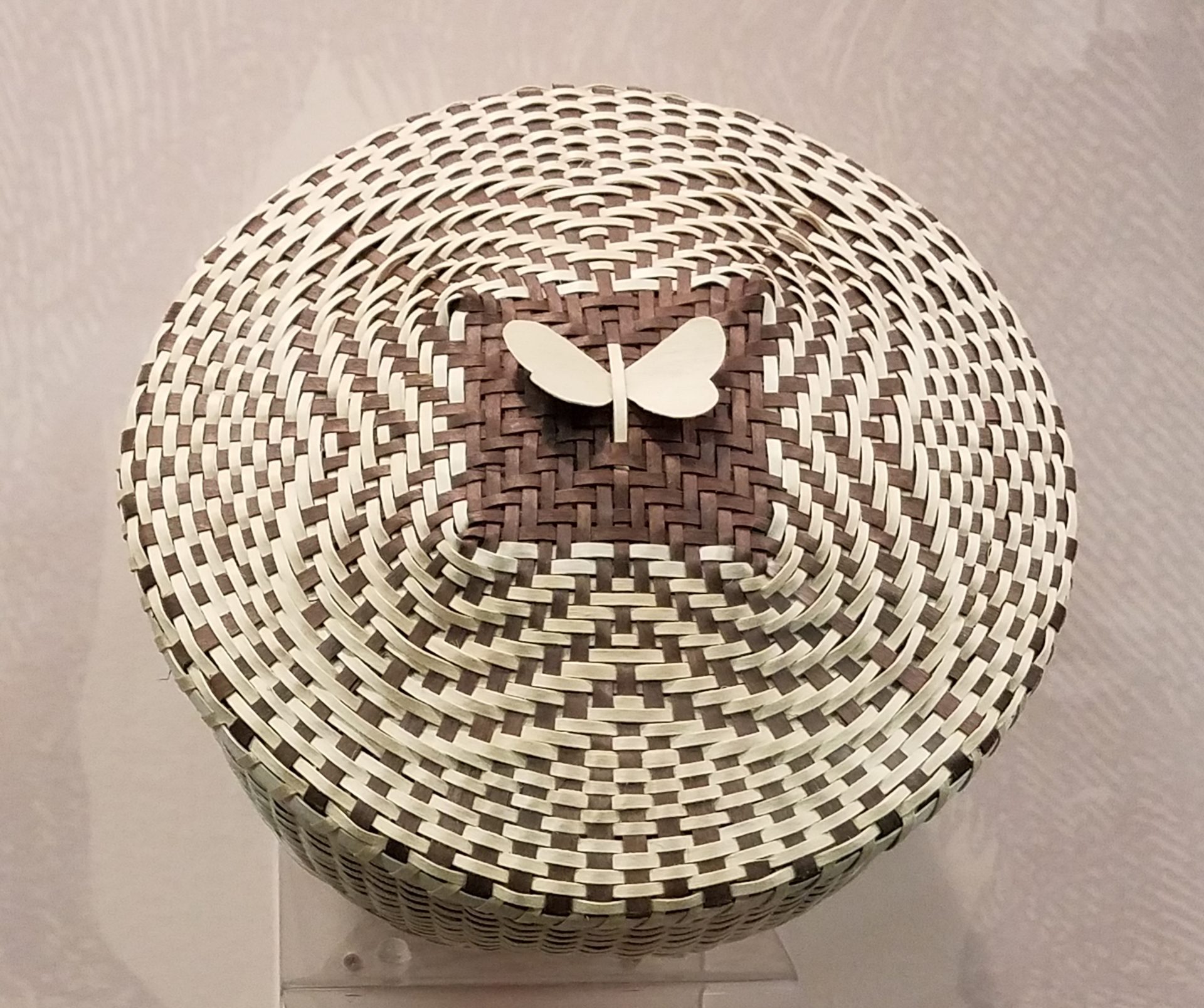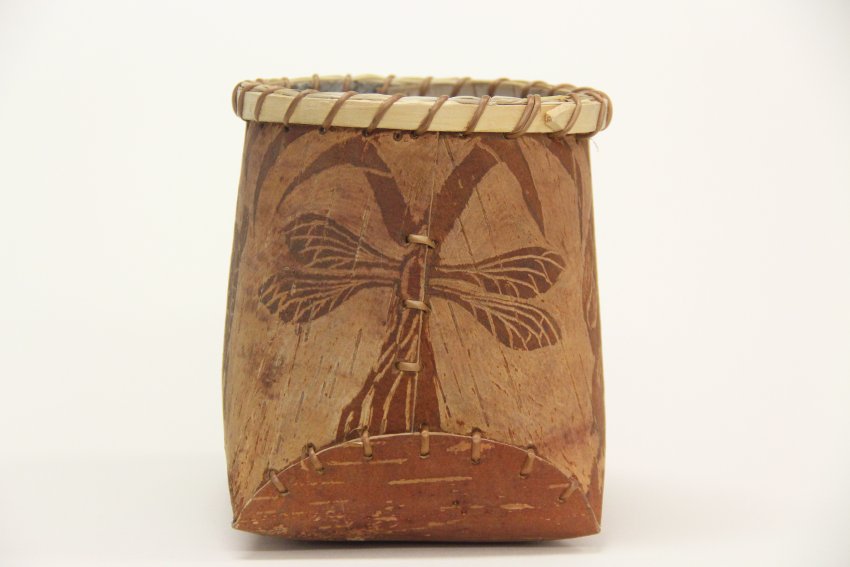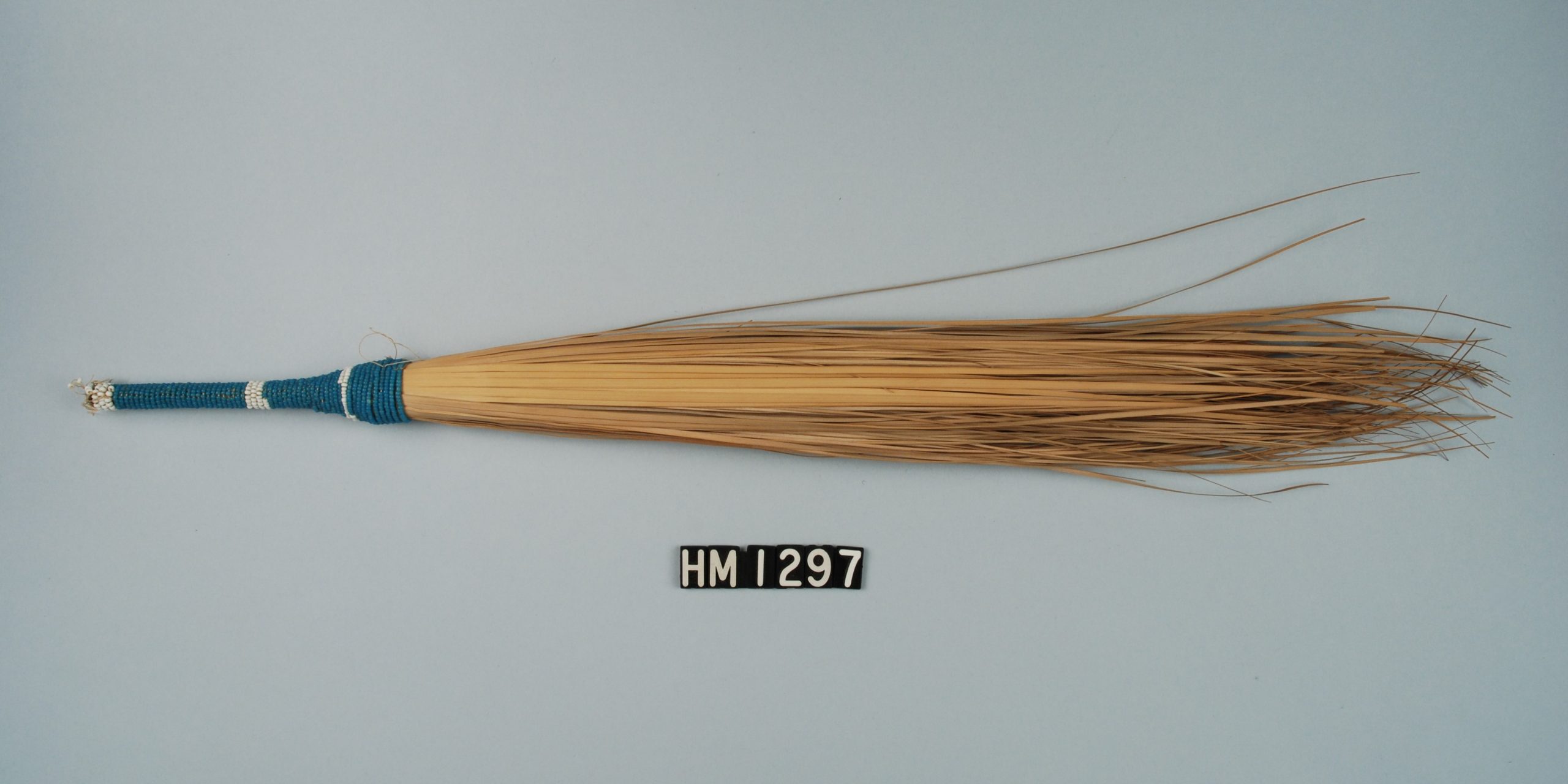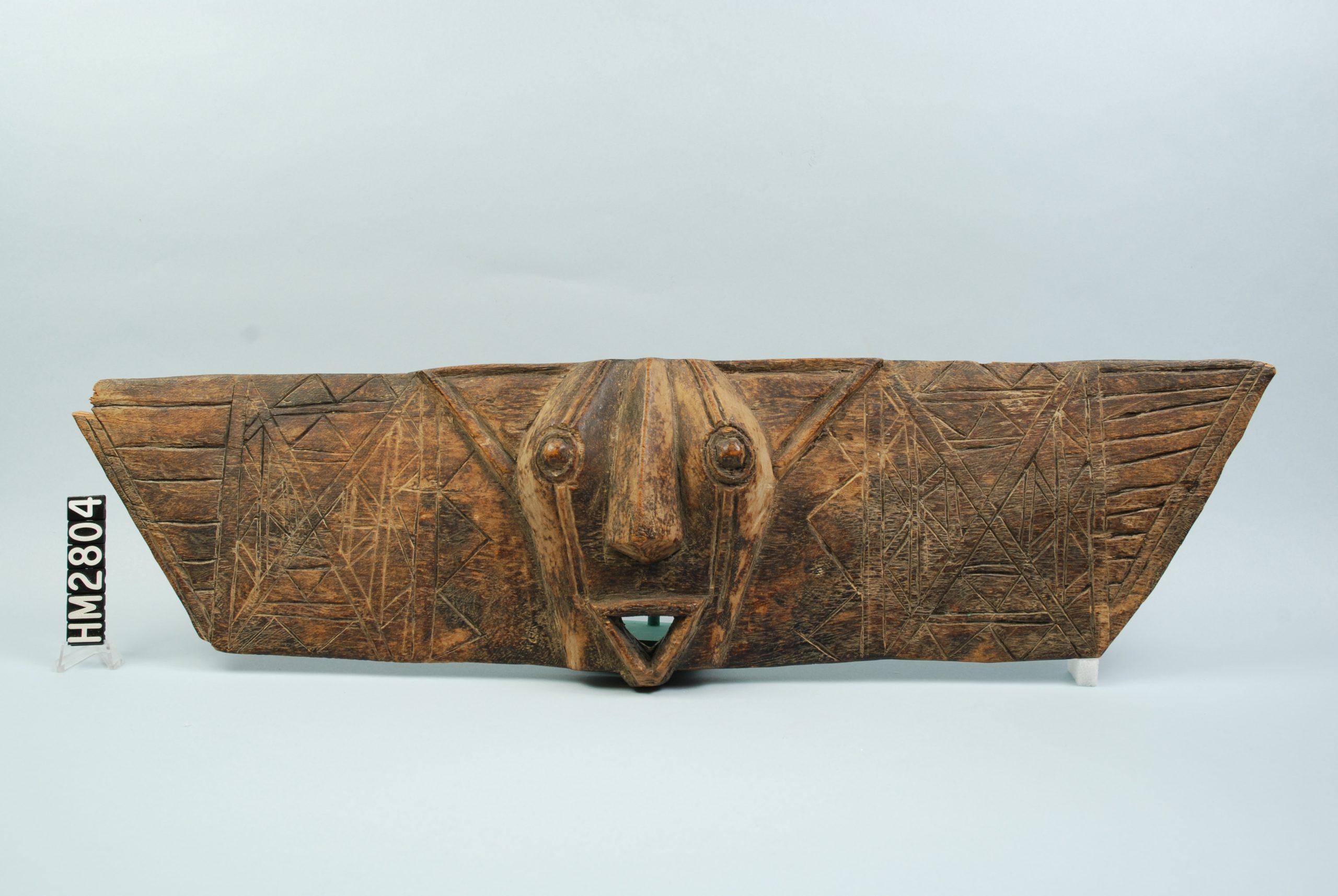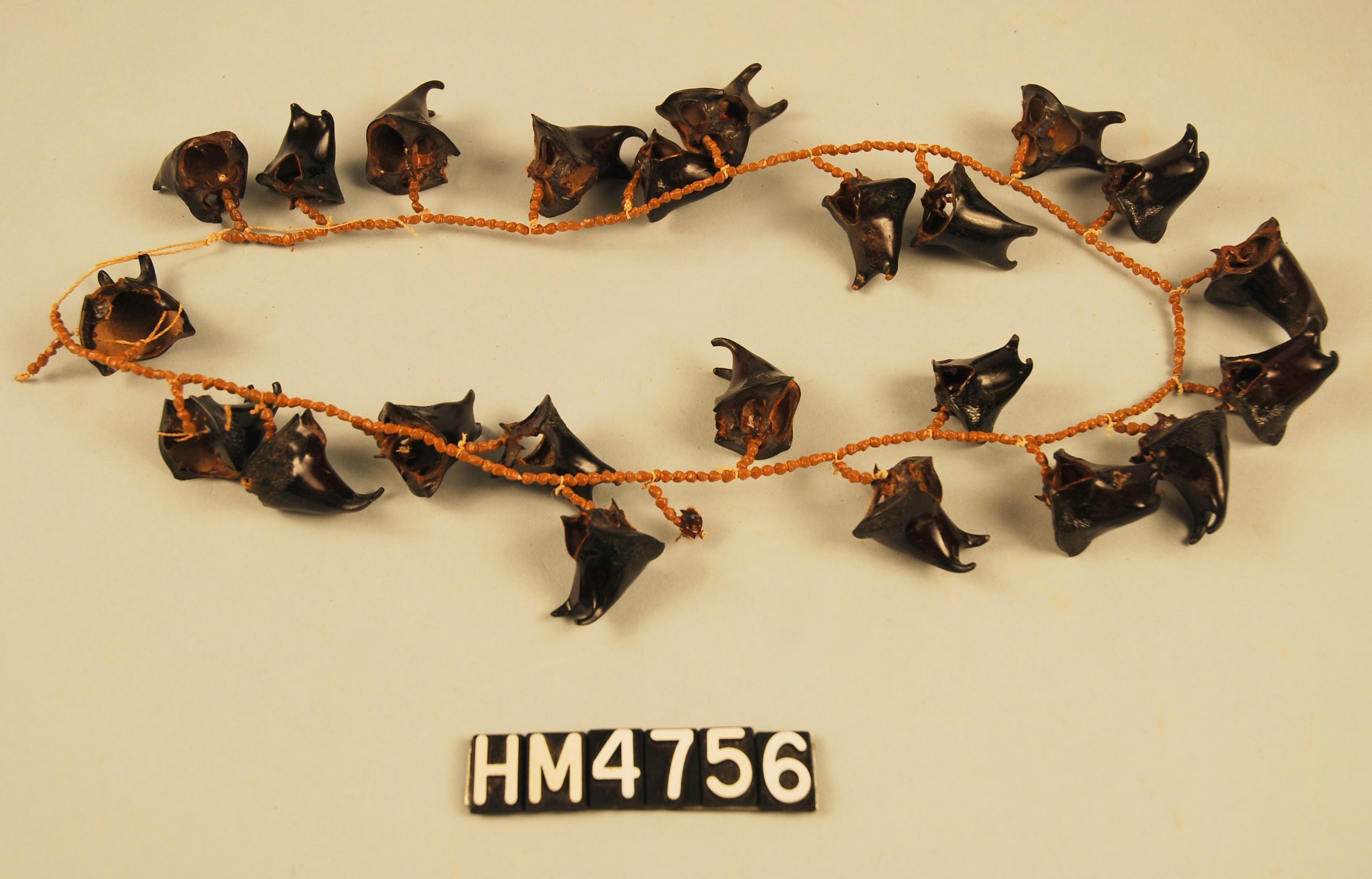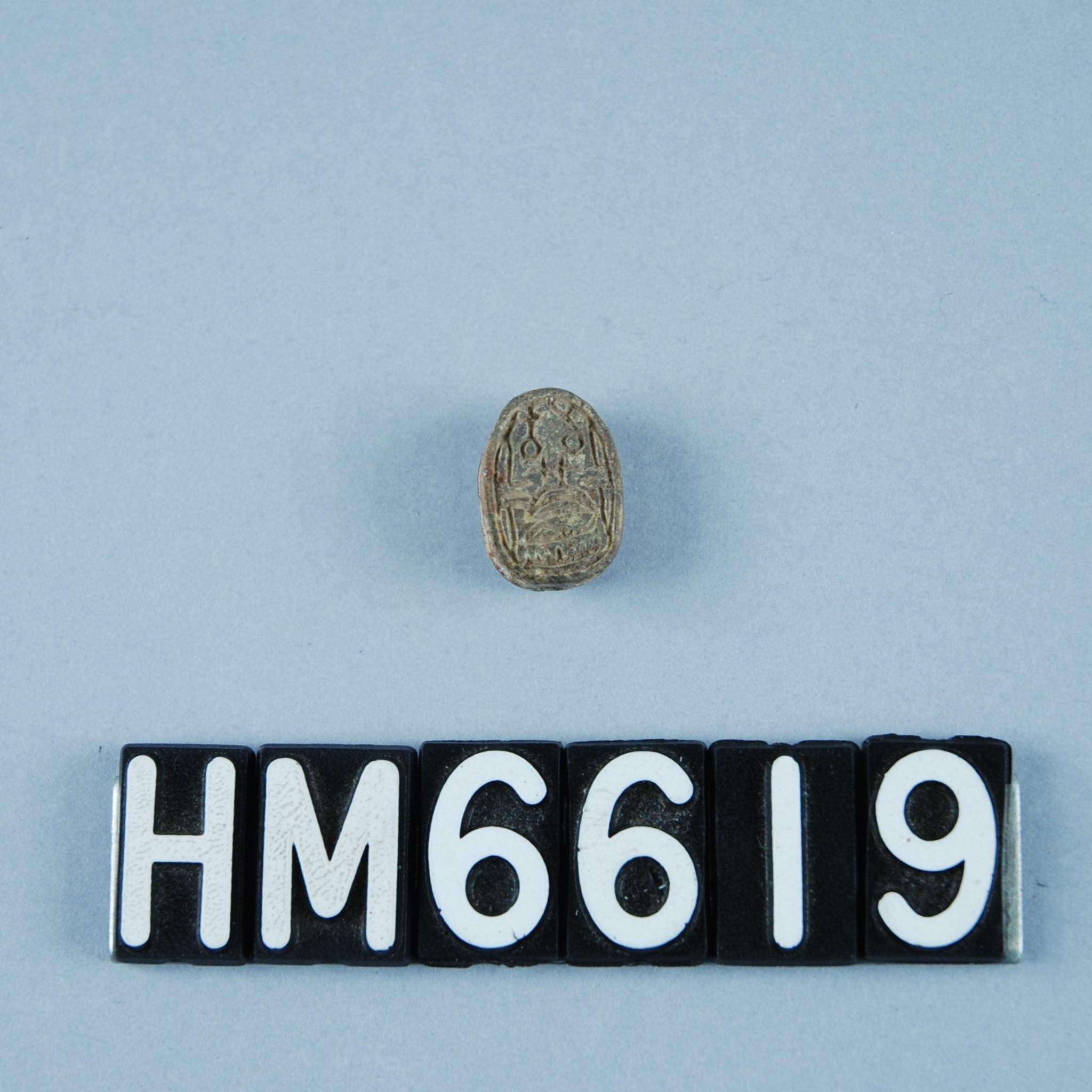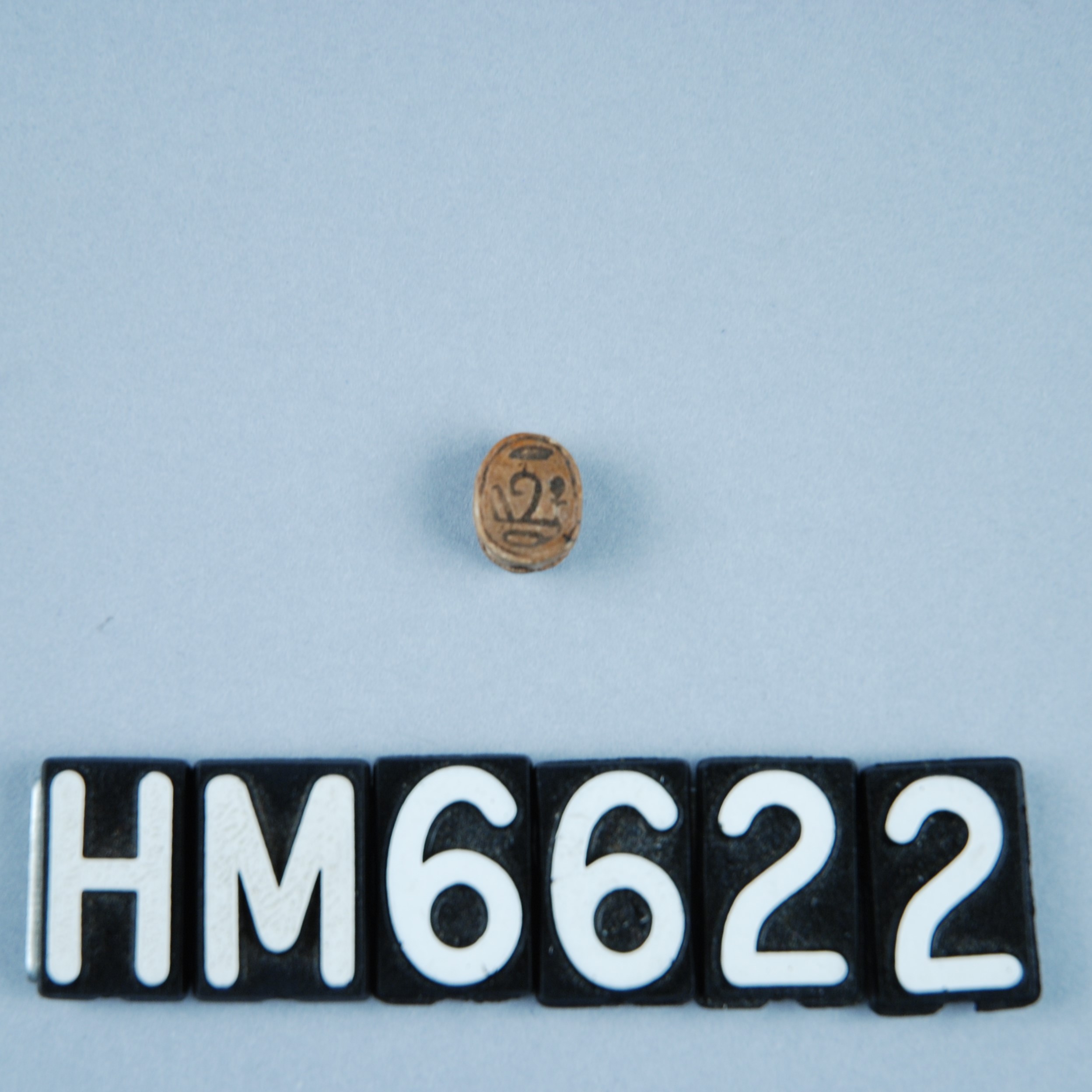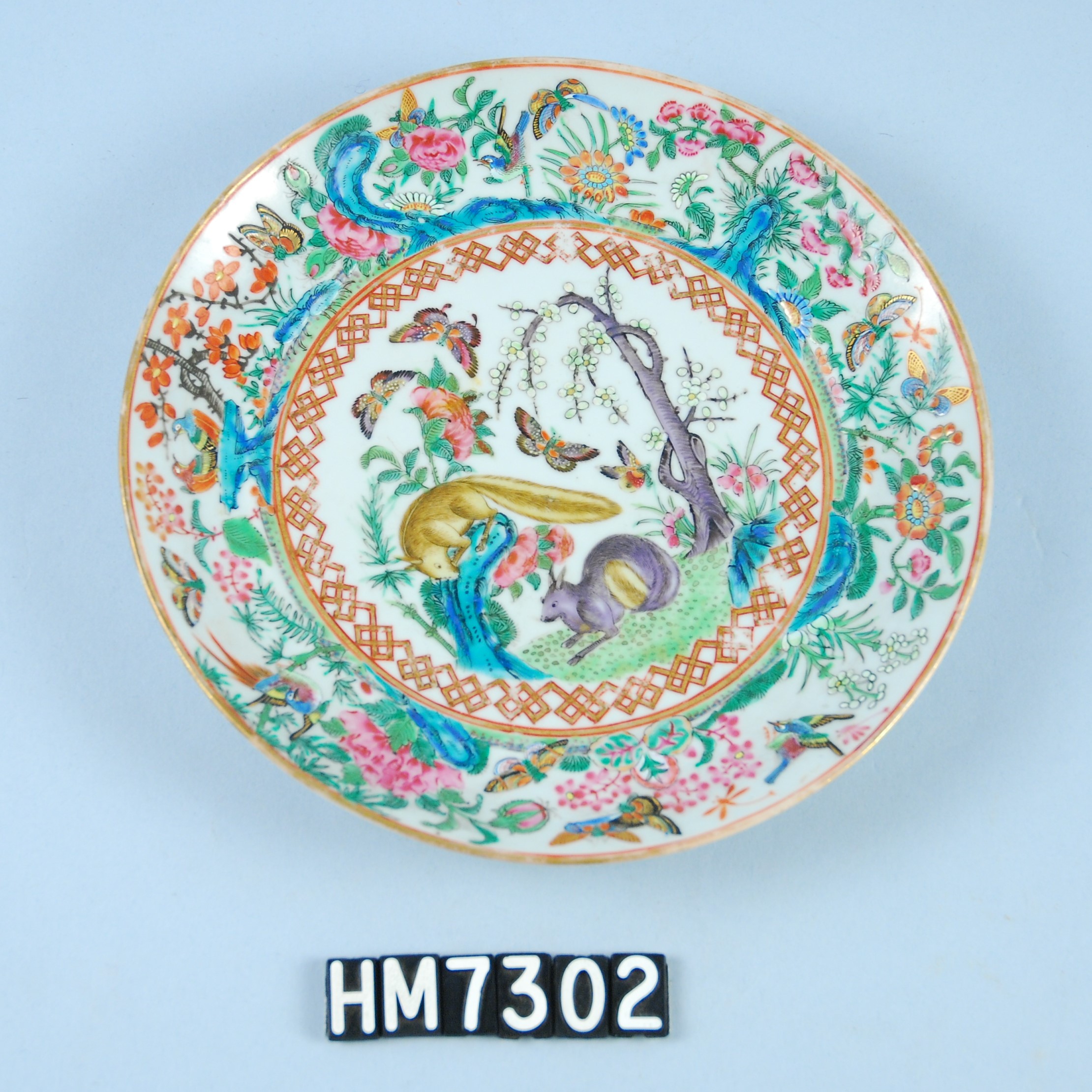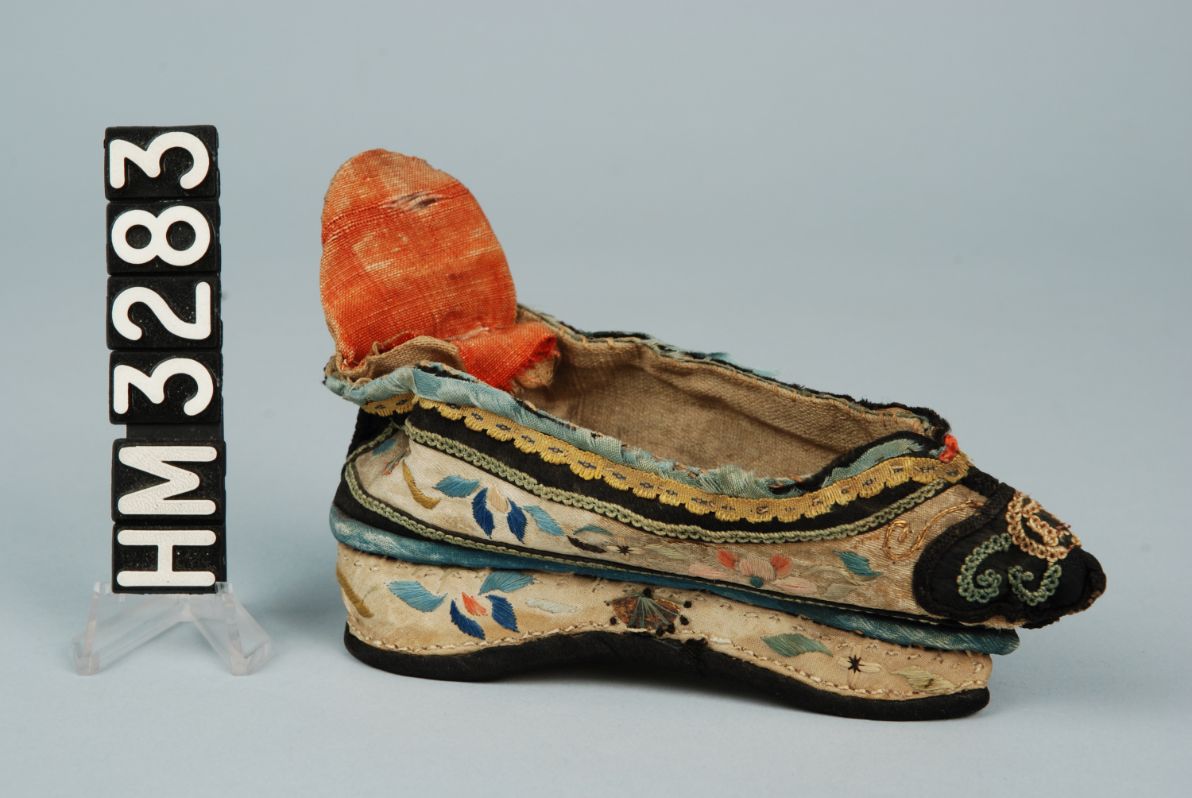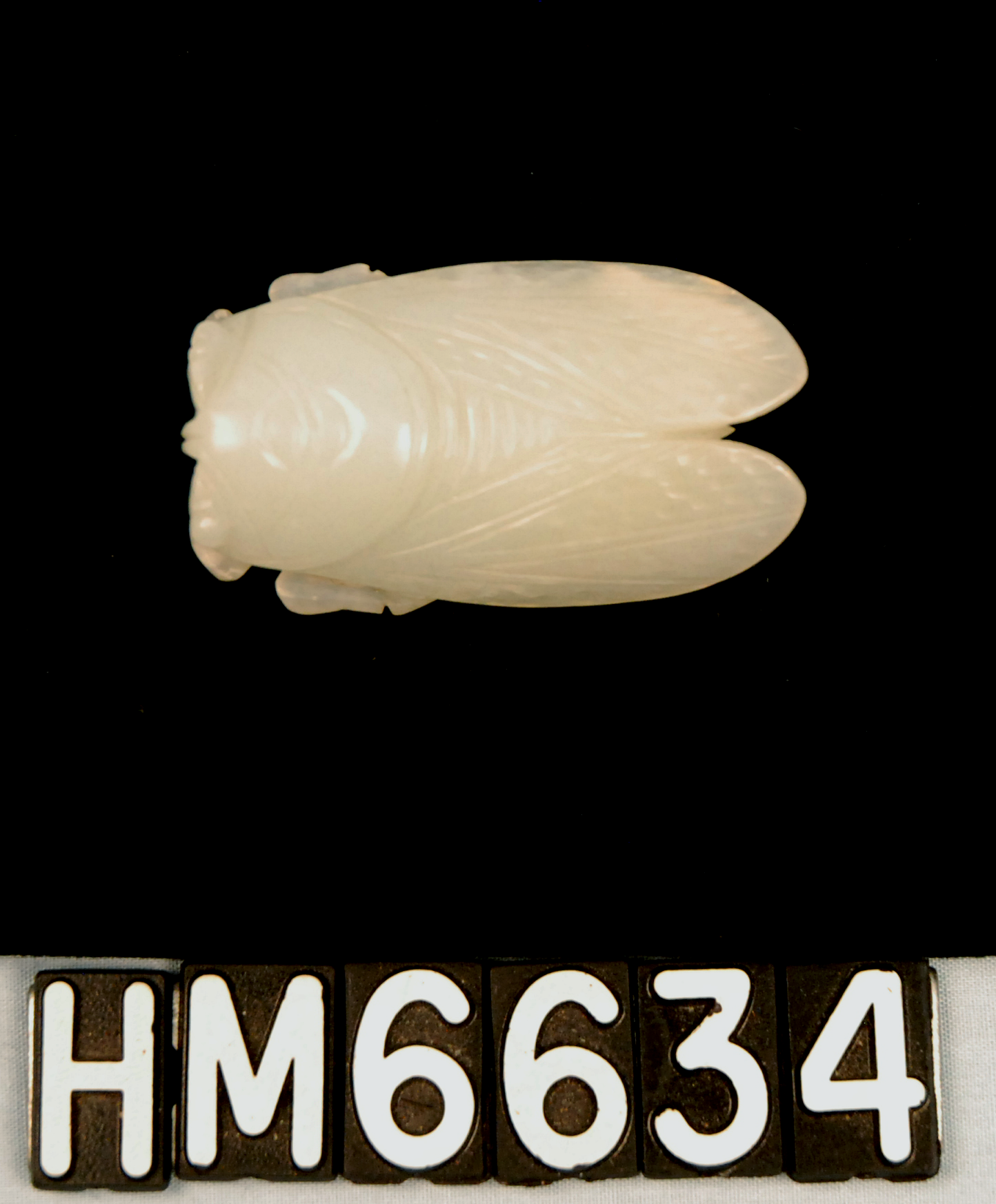Insects Everywhere!
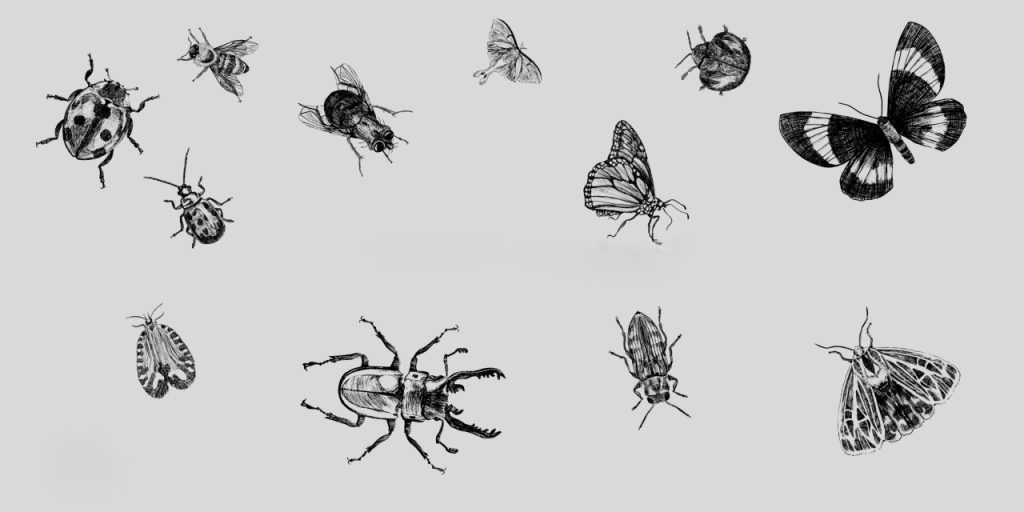
Humans and insects have shared planet Earth for millennia. Undoubtedly starting out as a food source for early primates, insects have been adopted into the philosophy, religions, and folklore of multiple human cultures around the globe. From the celebration of insects like butterflies and scarab beetles in art and material culture to the domestication of honey bees and silk moths for agriculture and industry, the relationship of humans to insects is inexorably connected. In this virtual exhibit you can explore items from the Hudson Museum’s collections representing cultural perceptions of insects from around the world.
Maya Vase
AD 600 – 900
This Maya vase features an insect wearing the sabak over its ear and the nik emblem from its hat. The insect represents Mok Chi, the Maya god of beekeeping.
William P Palmer, III Collection
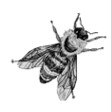
Inca Infant Poncho
AD 1964 – 1969
The red in this Inca textile is from cochineal dye. The dye is produced by extracting carminic acid from a scale insect (Dactyloplus coccus) native to tropical and subtropical South America and Mexico. The red dye is not just found in textiles. Popular foods and drunks such as strawberry yogurt, ice cream, ketchup, and soft drinks sometimes contain cochineal dye labeled as carmine. In recent years it has been phased out of many foods and beverages and replaced by other natural, often plant-based dyes.
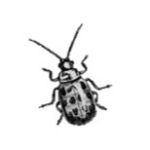
Diablo Dance Mask
AD 20th Century
This mask was made for the Dance of the Devils, a part of the annual carnival in the Bolivian Andes. The region has many tin and silver mines and the miners make offerings to Tiw, a mythical being who protects the mine, to prevent accidents and to help them find precious metals. The spider and dragons represent beings that have special powers vital to the survival of the miners.
Estate of Martha J. Stevens Collection

Nasca Centipede Vessel
BCE 200 – AD 600
The Nasca culture of the arid southern coast of Peru created extraordinary polychrome pottery, often using multiple colors. This vessel probably depicts the Peruvian giant yellowleg centipede (Scolopendra gigantean), which reaches a length of nearly 12 inches!
Brian S Robinson Collection

Mexican Scorpion Mask
AD 1950
This traditional dance mask is in the shape of a scorpion and was used in harvest celebration rituals.
Estate of Martha J. Stevens Collection
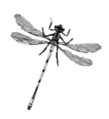
Mexican Dance Mask
AD 19th Century
Although the butterfly was a frequent motif in Pre-Columbian art, it is an uncommon mask form. The butterfly was a symbol of renewal and transformation – themes also found in the Christian religion introduced by Spanish colonists.
Cedric Marks Collection
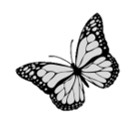
Precolumbian Figurine
AD 100 – 750
With striped wings on its back and balls of pollen in its hands, this Teotihuacan ceramic figurine represents the bee god. Honey was used by Mesoamerican societies to sweeten foods and drinks.
William P Palmer, III Collection


Hopi Tableta
AD 20th Century
Tabletas are worn by Hopi girls during the butterfly dance held in August or early September each year. The elaborately painted headdress, called a kopatsoki, is made by their dance partner. This example features butterflies, stepped designs, feathers, and corn plants.
Estate of Martha J. Stevens Collection
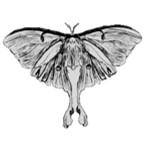
Tohono O’odham Ankle Rattle
AD 19th Century
Strings of cocoons containing gravel are worn as ankle rattles by dancers. The cocoons are often painted white to keep them looking new.
Ex. Portland Society for Natural History

Miwok Cocoon Rattle
AD 1980 – 1990
Now produced as tourist souvenirs, cocoon rattles were once handled only by shamans among the Sierra Miwok. The Coastal Miwok used cocoon rattles made by women for curing illness and in dance ceremonies. A cocoon filled with small pebbles or beans sits within the cluster of feathers at the top of the rattle.
Estate of Martha J. Stevens Collection
Katahdin Butterfly Basket
Fred Tomah, Maliseet
AD 2003
The Katahdin Arctic butterfly (Oeneis polixenes katahdin) is the only endemic butterfly on Katahdin. A holdover from Maine’s ice age past, this small butterfly lives above 4,000 feet in the sedges and grasses of the open tundra. This basket honors both the butterfly and the mountain that it calls home.

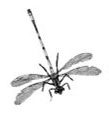
Birchbark Container
Barry Dana, Penobscot
AD 1996
This container features a dragonfly on each side. Barry often includes dragonflies in his works.
Dennis & Margaret Spinner Collection
Miniature Butterfly Mask
AD 20th Century
This mask from Mali or Burkina Faso takes the form of a butterfly. Masks are frequently use in religious ceremonies to communicate with Dwo/Do, a deity who protects humanity and grants rain to farmers.
Estate of Martha J. Stevens Collection
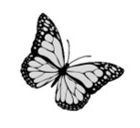
Rhinoceros Beetle Necklace
AD c. 1960
The Kofan are a people indigenous to South America where they live among the tributaries of the Amazon River. They are known in part for their insect jewelry, such as this example made with the heads of a species of Rhinoceros beetle (probably Megasoma sp.).
Paul E. Taylor Collection

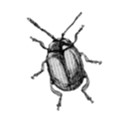
Egyptian Scarab
BCE 1550 – 342
The scarab amulet’s use and meaning in Egypt changed through time. Among types of scarabs known are ornamental scarabs, commemorative scarabs, and scarab charms bearing good luck mottoes and slogans. Most scarabs were worn as pendants and many served double-duty as seals to make impressions in clay. The glyph inscription here reads “Amon-Re is watchful.”
J Russell Hudson Collection
Egyptian Scarab
BCE 2040 – 1550
Possibly from the Early Middle Kingdom to Late Intermediate Period, this scarab is inscribed with symbols for Amon-Re, Life, and with a flowering reed.
J Russell Hudson Collection
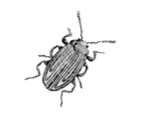
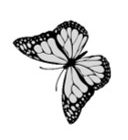
Chinese Export Porcelain
AD 19th Century
Butterflies are symbols of summer and joy in Chinese culture and are commonly depicted in art.
J. Douglas Graham Collection
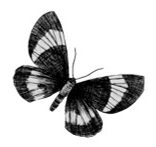
Chinese Lady’s Shoe for Bound Feet
AD 19th Century
This traditional shoe was made with silk applique and silk embroidery. Before pupating, a silkworm spins a continuous thread cocoon in a succession of S-shaped loops nearly 4,000 yards long. Silkworm threads are too fine to be woven individually. Before being used in making things like this shoe, six to eight threads are wound together to create a strand of uniform thickness.
Ex. Portland Society for Natural History

Chinese Jade Girdle Pendant
BCE 202 – 220
The cicada, as a symbol of rebirth, predated Buddhism in China by 400 – 1,000 years. The cicada holds the world record for loudest insect. Only males are capable of producing the loud buzzing sound, which can be heard from over half a mile away. One species of cicada spends 17 years underground before metamorphosing into their mature adult stage. Within a few short weeks the adult cicadas sing, mate, lay eggs, and die.
J Russell Hudson Collection
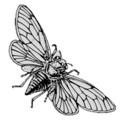
Online Resources:
Learn more about the Katahdin Arctic Butterfly

